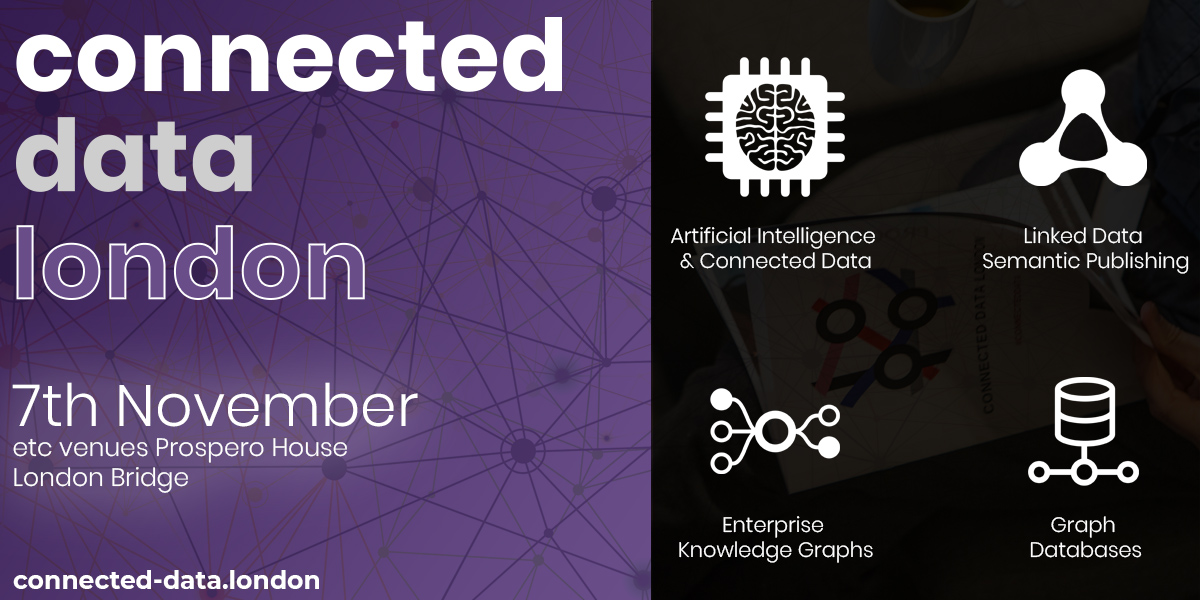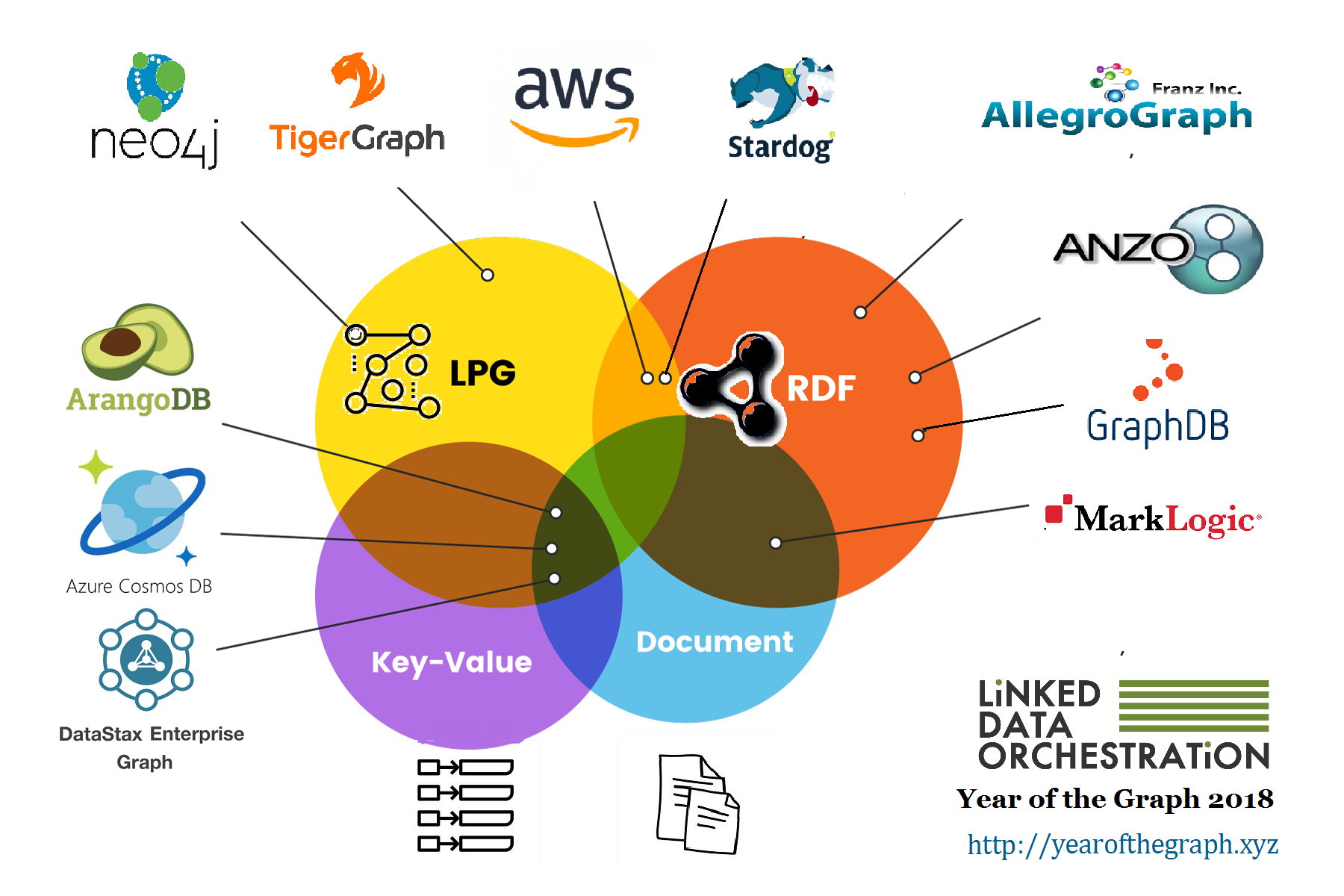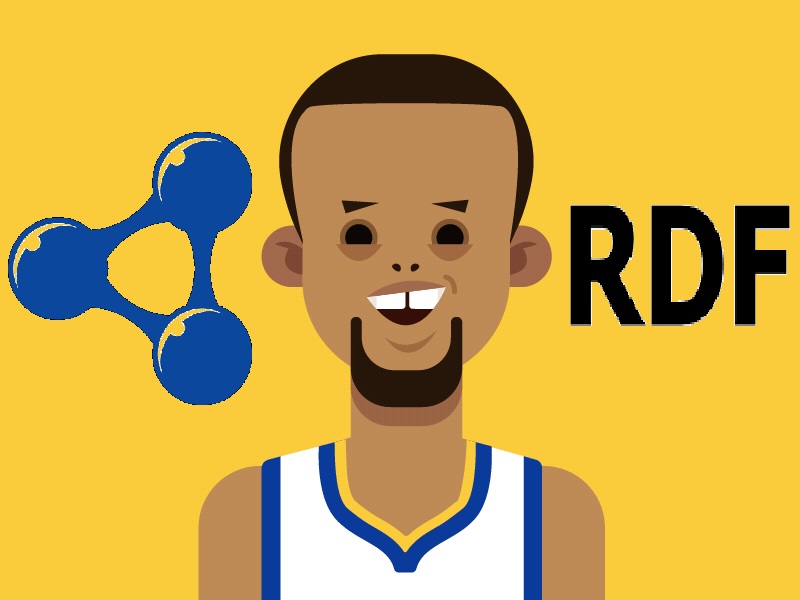More graph databases. The Year of the Graph Newsletter Vol. 8, December 2018

Redis announces RedisGraph and a benchmark, TigerGraph goes AWS, AWS hands-on experiences, new features from Stardog and AnzoGraph, Graphs and Machine Learning, GraphQL, Atlas, DBpedia, Connected Data London and the Year of the Graph. I often get asked about graph databases – what they are, what are they good for, how to choose one, as […]
Read More →Graph gets funding. The Year of the Graph Newsletter Vol. 7, November 2018

October 2018 was the busiest month in the busiest year in graph history, hence the longest Year of the Graph newsletter to date. Neo4j lands a massive funding round, Tinkerpop is moving forward, the most important knowledge graph research event with key industry presence, W3C organizing a Workshop on Web Standardization for Graph Data, and […]
Read More →Getting knowledge graph semantics and definitions right. The Year of the Graph Newsletter Vol. 6, October 2018

Getting knowledge graph semantics and definitions right, semantic web standards used in the real world, by Google no less, and ArangoDB, Azure CosmosDB, Neo4j and TigerGraph announcing new versions. By now you probably know that knowledge graphs are in Gartner’s Hype Cycle. But how does one actually define a knowledge graph? My take on ZDNet. […]
Read More →Knowledge graphs beyond the hype: Getting knowledge in and out of graphs and databases

What exactly are knowledge graphs, and what's with all the hype about them? Learning to tell apart hype from reality, defining different types of graphs, and picking the right tools and database for your use case is essential if you want to be like the Airbnbs, Amazons, Googles, and LinkedIns of the world.
Read More →The web as a database: The biggest knowledge graph ever

Imagine you could get the entire web in a database, and structure it. Then you would be able to get answers to complex questions in seconds by querying, rather than searching. This is what Diffbot promises.
Read More →Choosing a Graph Database. The Year of the Graph Newsletter Vol. 4, July 2018

What is a graph database? Do you really need one, and if yes, how do you choose? That’s what it all comes down to. This month’s edition of the Year of the Graph newsletter is special. Apart from the usual hubbub, which is somewhat slower this time of year, this month the Year of the […]
Read More →GraphQL for databases: A layer for universal database access?

GraphQL is a query language mostly used to streamline access to REST APIs. Now, a new breed of GraphQL implementations wants to build an abstraction layer for any database on top of GraphQL, and it seems to be catching up.
Read More →On Graph query languages. The Year of the Graph Newsletter Vol. 3, June 2018

AWS Neptune goes GA, Microsoft Cosmos DB releases new features, the query language discussion heats up, TigerGraph announces free developer edition, building enterprise knowledge graphs in the real world with Zalando and Textkernel, and more. May has been another interesting month for the graph database world. How can data scientists use knowledge graphs? How, and […]
Read More →Open or closed? On graph database access, query languages, community building, and TigerGraph

Having an entry path, as well as a strong community, is important for any solution, and graph databases are no different. Following latest developments in graph query languages, TigerGraph is changing its strategy. How will this affect the domain? If you’ve been watching the graph database space, you probably know TigerGraph. It’s one of the […]
Read More →NBA analytics and RDF graphs: Game, data, and metadata evolution, and Occam’s razor

Three-point shooting, Steph Curry, and coming up with stories. If you feel like doing your own analysis to investigate hypotheses or discover insights at any level, RDF graph's got your back. Case in point: The NBA.
Read More →